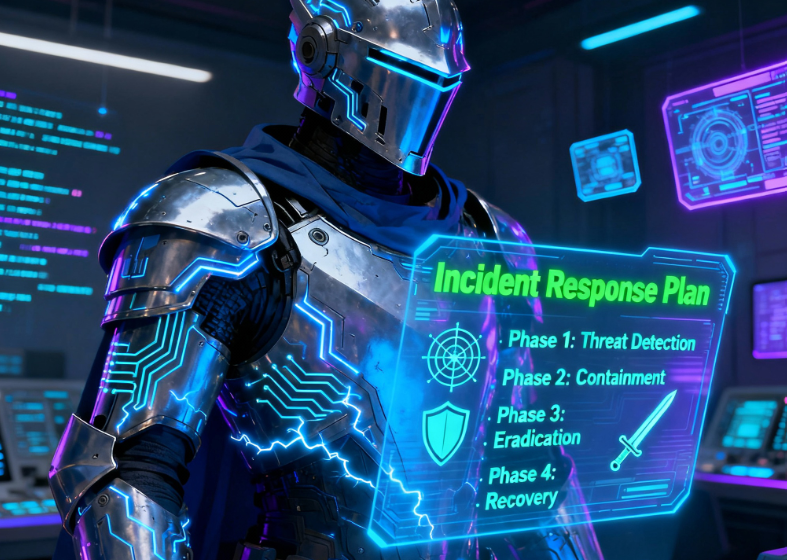For Managed Service Providers (MSPs), incident response planning is a critical part of cybersecurity preparedness. With cyber threats targeting not only their own infrastructure but also their clients’ systems, MSPs face unique risks and high stakes when it comes to incident response. Having a clear, actionable incident response plan can mean the difference between business continuity and costly downtime, reputational damage, and client loss.
Incident Response Fundamentals for Managed Service Providers
Incident response refers to the organized approach an MSP takes to manage and mitigate the effects of cybersecurity incidents such as ransomware attacks, data breaches, or unauthorized access. Key components of an incident response plan include:
-
Preparation: Setting policies, training teams, and identifying critical assets.
-
Detection and Analysis: Monitoring for suspicious activity and confirming incidents.
-
Containment, Eradication, and Recovery: Stopping threat activity, removing malicious elements, and restoring systems.
-
Post-Incident Review: Learning from each incident to strengthen future responses.
Understanding terms like “event,” “incident,” and “breach” is essential for building a cyber-resilient business as an MSP.
Preparation and Planning: The First Step for MSPs
Effective incident response begins long before any cyberattack occurs. MSPs should establish a dedicated incident response team comprised of individuals with well-defined roles and responsibilities — such as incident manager, communications lead, and technical lead. Defining incident scenarios, prioritizing critical client assets, and maintaining up-to-date asset inventories all contribute to increased readiness. Regularly reviewing and updating your incident response playbooks ensures your MSP can react rapidly to evolving cyber threats.
Detection and Communication: Being Ready When Incidents Strike
MSPs must deploy robust monitoring systems to detect threats quickly. Efficient use of SIEMs (Security Information and Event Management systems), endpoint security, and network analytics can help identify potential incidents in real time. Clear communication paths are crucial: ensure contact lists for internal teams, key client contacts, and legal advisors are up-to-date, and draft notification templates ahead of time for rapid deployment. Establish decision criteria for when an issue moves from a “security event” to a full “incident,” triggering escalation and broader alerting.
Containment, Eradication, and Recovery in MSP Environments
Once an incident is confirmed, immediate containment is essential to limit the spread and impact. This might involve isolating endpoints, disabling compromised accounts, or restricting specific network segments. MSPs should then focus on eradicating the root cause, such as removing malware, applying patches, or closing exploited vulnerabilities. Recovery involves restoring data from secure backups, validating system integrity, and carefully bringing services back online. Maintain meticulous documentation throughout to preserve evidence and aid in analysis.
Post-Incident Review: Building Stronger Defenses
After recovering from an incident, MSPs must conduct a thorough “post-mortem” review to highlight what worked, where response processes lagged, and what improvements are needed. Update incident response plans, revise team responsibilities, and address gaps in technical tools or communication strategies. Regular tabletop exercises and simulated attacks can reinforce lessons learned and keep your team sharp for the future.
Practical Tips and Tools for MSP Incident Response
-
Leverage security automation for repetitive response tasks to minimize human error.
-
Use pre-built incident response templates and checklists tailored to MSP operations.
-
Maintain off-network and printed communication plans to stay effective during outages or ransomware attacks.
-
Proactively educate clients on their role in incident response, fostering a true partnership approach to cybersecurity. (Barracuda)
Wrapping It Up: Readiness is Key for MSP Success
For MSPs, a well-developed, continuously updated incident response plan is a competitive advantage and a cybersecurity necessity. By prioritizing preparation, swift detection, effective response, and ongoing learning, MSPs can reduce risk, protect themselves and their clients, and maintain business continuity amid rising cyber threats.



